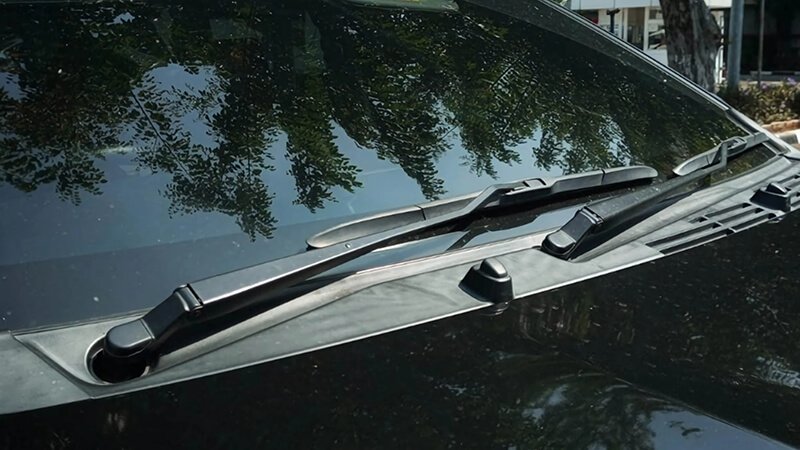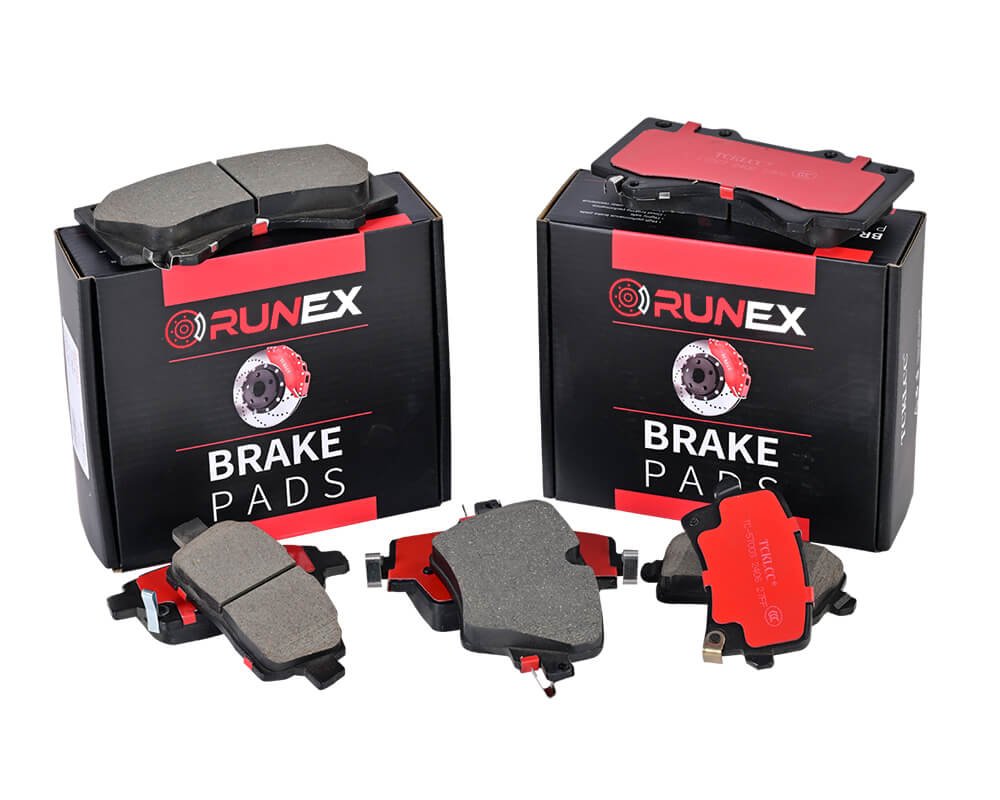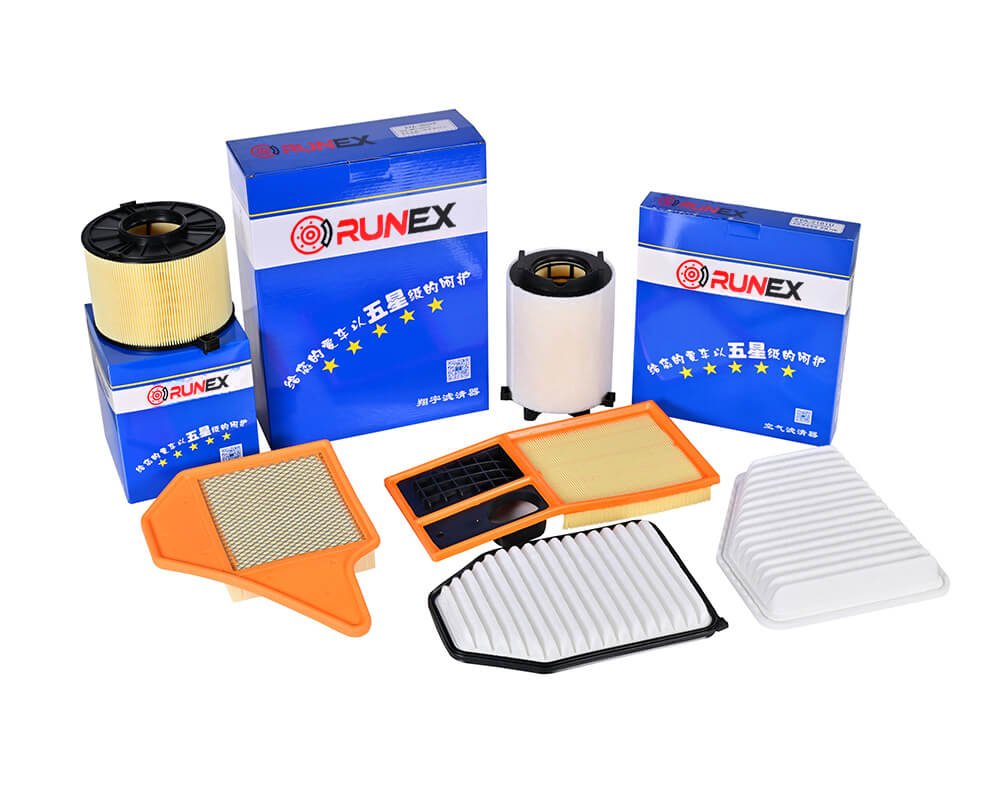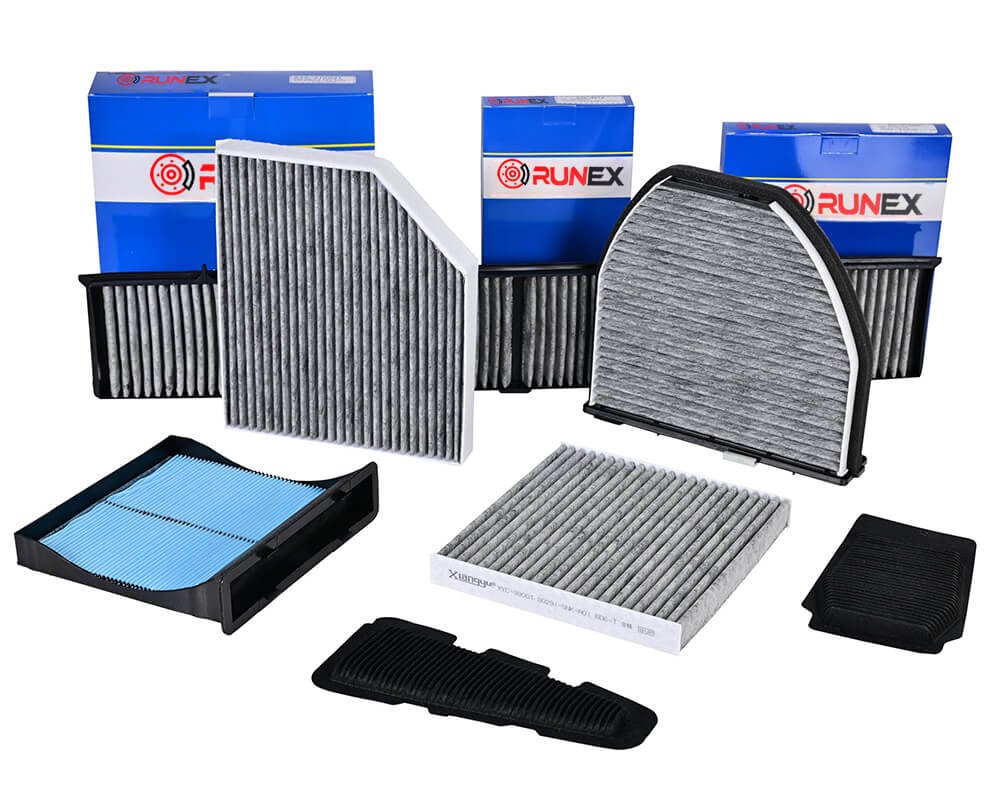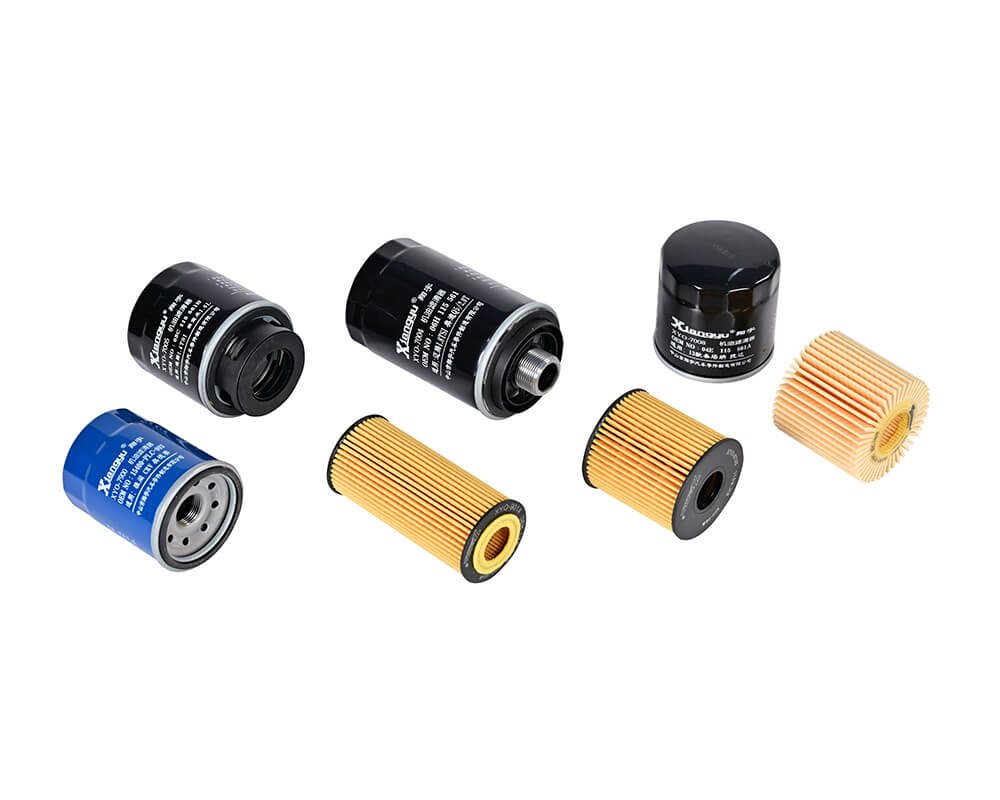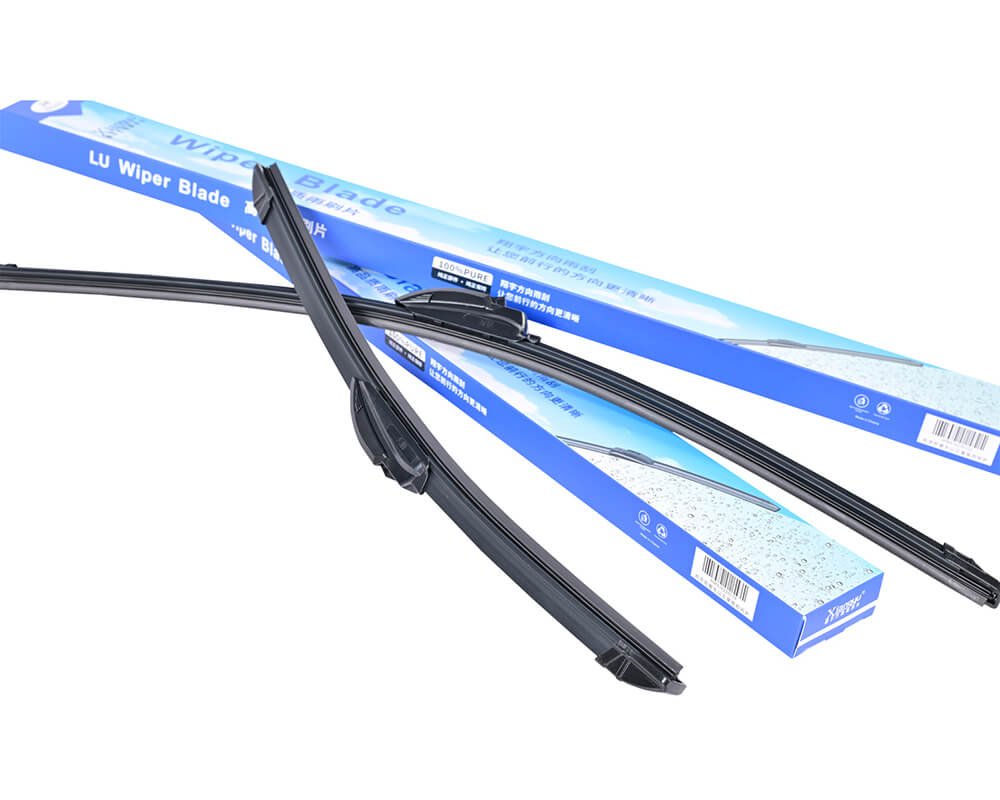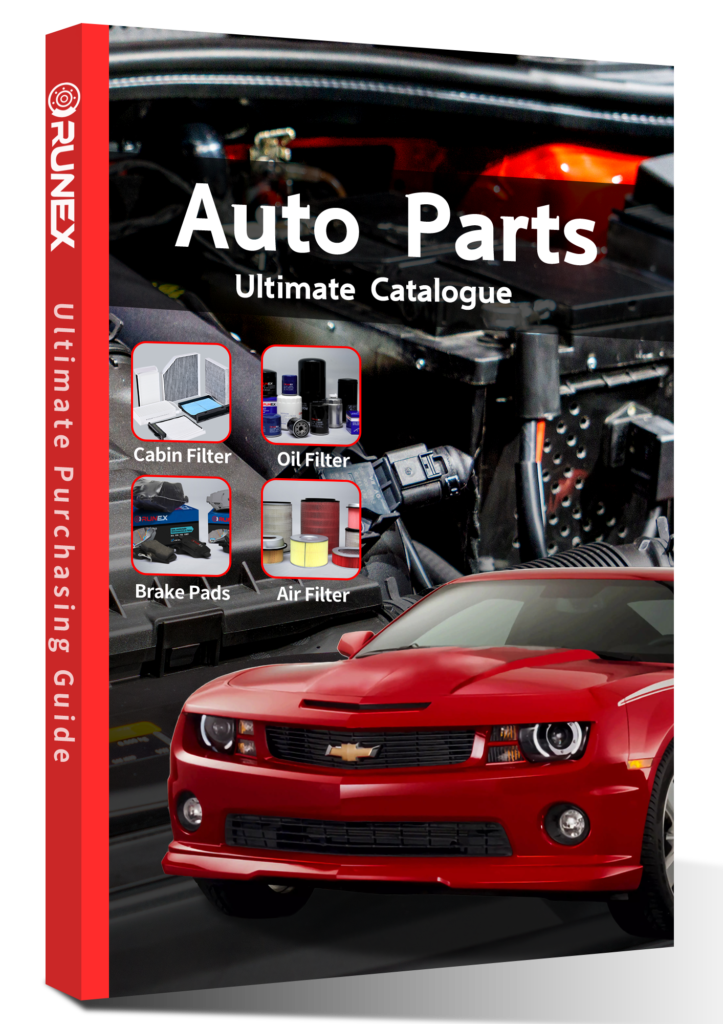When your windshield wipers fail during heavy rain, panic hits fast. Visibility drops, danger rises, and frustration builds. The problem seems simple, but the reasons behind it often run deeper than just “broken blades.”
Your windshield wipers may stop working due to a blown fuse, worn motor, faulty linkage, or poor-quality wiper blades that overload the system. Using durable, flexible silicone wipers like those from Runex Auto can prevent most of these issues.
Many car owners underestimate how critical their wiper system is — until it fails in the middle of a storm. Let’s explore what causes these failures, how to diagnose them, and how using quality Runex Auto windshield wipers can prevent future breakdowns.

Why did my windshield wipers suddenly stop working?
When your wipers stop without warning, the issue can feel mysterious. It may seem like bad luck, but it’s often the result of wear, electrical overload, or inferior materials. Poor-quality wipers can increase resistance on the motor, pushing your system beyond its safe limit.
Windshield wipers can suddenly stop working if the fuse blows, the motor burns out, or the linkage jams. Often, low-quality or stiff blades create too much drag, overloading the motor and fuse. Premium silicone blades, like those from Runex Auto, maintain flexibility and protect your electrical system.
Dive Deeper: What Really Happens Inside the System
A windshield wiper system is a delicate balance of power, friction, and precision.
When a driver turns on the wipers, current flows through a fuse to the motor, which drives the linkage and arms. The blades sweep across the windshield, clearing water and debris. If one part strains, the others suffer.
Common Root Causes
| Component | Common Failure | Typical Result |
|---|---|---|
| Fuse | Overload due to drag | Wipers stop completely |
| Motor | Burnout from friction | Slow or no movement |
| Linkage | Rust or debris | Irregular motion |
| Blades | Hard rubber, cheap build | Overload, streaks, squeaks |
I once supported a fleet customer whose wipers failed mid-rain. The fuse had blown after the circuit was overstressed by cheap, stiff rubber blades. We replaced them with Runex Auto’s reinforced silicone blades1, which reduced friction and stress. After that, their fleet saw a 90% drop in wiper-related outages2 — a real-world example of how quality engineering matters.

How do I know if my windshield wiper fuse is blown?
When your wipers won’t respond at all — no movement, no sound — it’s easy to blame the motor. But in many cases, the fuse is the silent culprit. This small safety device protects your wiper circuit from overloads caused by excessive current.
You can tell your windshield wiper fuse is blown if your wipers stop moving entirely while other electrical systems still work. Check your fuse box, locate the wiper fuse, and inspect it — if the metal strip inside is broken, replace it with one of the same rating.
Dive Deeper: Understanding Fuse Protection
A fuse acts like a circuit’s bodyguard. When current rises above a safe threshold, the fuse melts and breaks the flow. This protects the wiper motor and wiring from burning out.
How to Check Your Wiper Fuse
- Turn off your ignition.
- Open the fuse box (usually under the dashboard or hood).
- Look for the wiper fuse — labeled “WIPER” or “WASHER.”
- Pull it out and inspect it against the light.
- Replace it only with a fuse of the same amperage3.
| Fuse Condition | What It Means | What to Do |
|---|---|---|
| Intact strip | Fuse is fine | Look for other faults |
| Melted or broken | Fuse is blown | Replace immediately |
| Repeated failure | Underlying overload | Check wiper blades or motor |
A customer once replaced fuse after fuse, blaming “bad luck.” When we inspected his vehicle, we found cheap blades with high stiffness coefficients causing drag on the motor. After switching to Runex Auto’s flexible silicone wipers4, the current draw stabilized, and the problem disappeared for good.

What would stop windshield wipers from working?
Sometimes the issue isn’t electrical — it’s mechanical. Frozen linkages, worn-out arms, or even debris buildup can stop your wipers mid-motion. If your wipers move unevenly or not at all, the fault could be hiding under the hood, not in the circuit.
Wipers can stop working due to mechanical blockages, a jammed linkage, damaged motor gears, or stiff, low-quality blades that strain the system. Using flexible, weather-resistant blades helps prevent resistance buildup and protects the motor over time.
Dive Deeper: Diagnosing the Hidden Mechanics
Your wiper system works like a synchronized dance — the motor drives a linkage that moves both arms across the windshield. When one joint sticks or bends, the movement collapses.
Common Mechanical Failures
| Problem | Cause | Effect |
|---|---|---|
| Frozen Linkage | Moisture + cold | Wipers jam in place |
| Rusted Pivot | Lack of lubrication | Slow movement |
| Worn Gears | Age or stress | Clicking or slipping |
| Blade Resistance | Stiff or misaligned rubber | Motor overload |
In one case, a logistics client called us after multiple trucks had their wipers stop mid-route during heavy storms. Investigation showed the same problem: cheap wipers with stiff rubber5 caused drag on the arms and burned the motors. We upgraded their fleet to Runex Auto silicone wipers6, which stayed flexible across temperatures. Drivers later reported zero mid-storm failures and smooth motion und
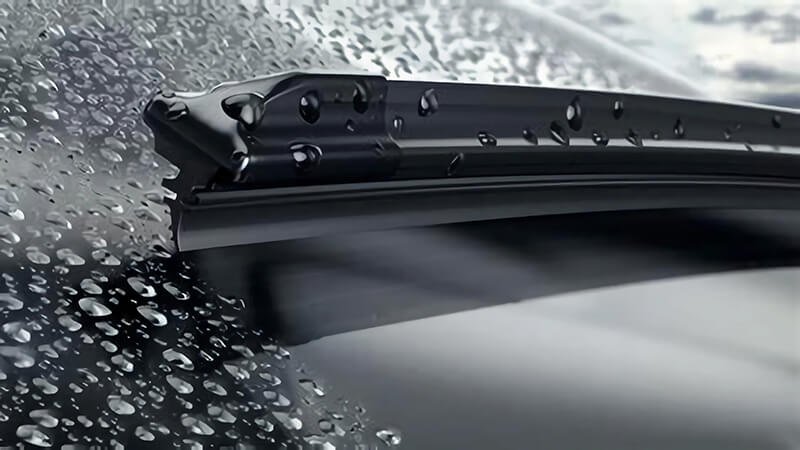
How do I fix my windshield wiper?
Fixing your wiper system starts with identifying the cause — electrical, mechanical, or simply poor-quality blades. Many problems can be solved with a few checks and a smart upgrade to better components.
To fix non-working wipers, check the fuse, motor, linkage, and blade condition. Replace any blown fuses or damaged parts. For long-term reliability, use premium silicone blades like those from Runex Auto to reduce friction, prevent overload, and ensure smooth operation.
Dive Deeper: Step-by-Step Restoration
If your wipers have stopped, follow this process before heading to a repair shop.
Step 1: Electrical Check
- Verify the fuse.
- Listen for motor noise — silence often means a blown fuse, not a failed motor.
- Inspect connections for corrosion.
Step 2: Mechanical Inspection
- Check linkage movement under the cowl.
- Ensure the arms aren’t stripped or loose.
- Remove any debris blocking motion.
Step 3: Blade Replacement
Replace old, cracked, or hard blades. Avoid cheap replacements with stiff rubber — they increase resistance and shorten system life.
Runex Auto’s silicone blades7 maintain elasticity from -40°C to +80°C, ensuring smooth sweeps even in extreme conditions. Their aerodynamic design reduces wind lift, while the reinforced frame minimizes chatter.
| Step | Action | Result |
|---|---|---|
| 1 | Check fuse | Restore power |
| 2 | Inspect motor & linkage | Detect hidden issues |
| 3 | Replace with silicone blades | Long-term durability |
| 4 | Test system | Smooth, quiet operation |
From my experience, fixing isn’t just about replacing parts — it’s about prevention. Many breakdowns happen because of overload caused by poor materials8. That’s why every time I help a client, I stress the same rule: choose components that work with your car, not against it.
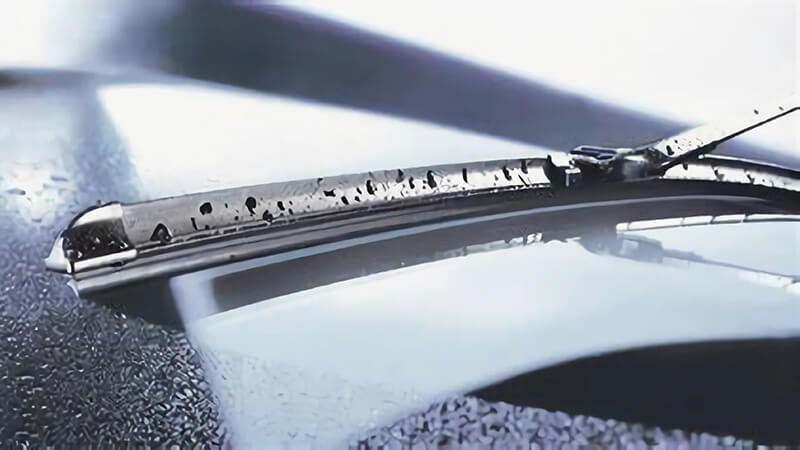
Conclusion
Windshield wipers9 may look simple, but they rely on a delicate balance of mechanics, materials, and power. Failures often start with low-quality blades that increase friction and stress your electrical system. By understanding how each part interacts — and choosing Runex Auto silicone wipers for their flexibility and strength — you can drive with confidence in any weather. Safe visibility starts with smarter choices.
-
Discover how Runex Auto’s silicone blades can enhance wiper performance and reduce outages, ensuring safer driving in adverse weather. ↩
-
Learn about effective strategies and products that can significantly reduce wiper failures, improving vehicle reliability. ↩
-
Understanding 'same amperage' is crucial for safe fuse replacement, ensuring your vehicle's electrical system functions properly. ↩
-
Explore the advantages of flexible silicone wipers to enhance your vehicle's performance and prevent future electrical issues. ↩
-
Understanding the issues with cheap wipers can help you make informed choices for safety and performance. ↩
-
Exploring the advantages of Runex Auto silicone wipers can enhance your vehicle's performance and reliability in adverse weather.
er all weather conditions. ↩ -
Explore the advantages of silicone blades, which offer durability and performance in extreme weather, ensuring your wipers last longer. ↩
-
Understanding the impact of poor materials can help you make informed choices, preventing breakdowns and enhancing vehicle longevity. ↩
-
Finding the best auto wipers from Runex Auto. ↩

